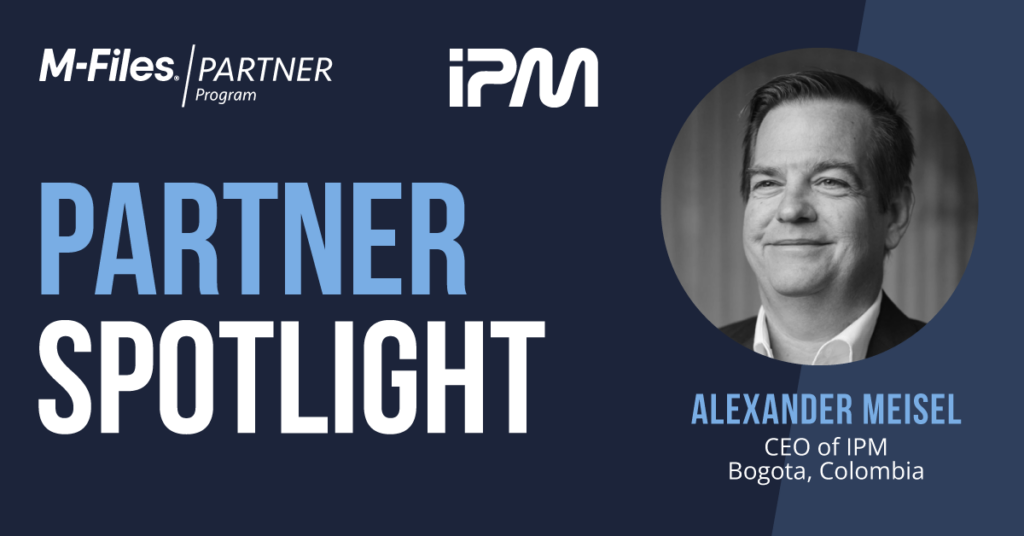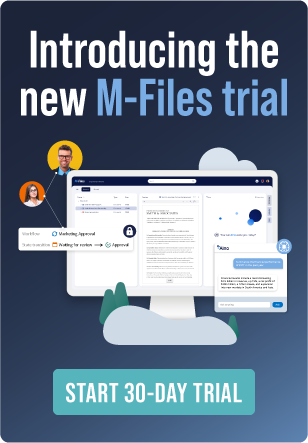Document Management Software Integration

Enterprise software is about efficiency. Different solutions must be able to “talk” to one other. Many business processes must integrate or interact with data across multiple software programs. Knowledge workers need to complete these processes without reentering or reformatting data.
ERP, CRM, and Document Management Systems
Enterprise resource planning (ERP) systems are universal across business, nonprofit, and public-sector landscapes.
Effective ERPs help knowledge workers across many functions, from accounting to HR to procurement. ERPs enable them to work smarter. ERPs have been leading drivers of business process automation. Over the past 30 years, they've also been a major agent of digital transformation and improved efficiency.

Popular ERPs include:
- SAP
- NetSuite
- Microsoft Dynamics 365
Customer relationship management (CRM) software is another common information technology solution. They manage customer data to support sales and marketing success. They are a key driver of knowledge work automation and information automation in the technology stack.
Popular CRMs include:
- Salesforce
- Microsoft Dynamics 365
- HubSpot
- Monday.com
Document management programs are common in organizations that have many document-centric processes. These organizations include law, professional services, and engineering firms. Document type use varies from Microsoft Word to computer-aided design (CAD) docs.
A document management system (DMS) uses metadata to make documents easier for knowledge users to find, use, and share. Think of them as digital filing cabinets, but with more features. Document management systems also help with automating workflows.
Document Management Software Integration: Considerations and Benefits
Integration makes data from one software program combine with data from other programs. Business leaders see data integration as a critical driver of information automation.
Why is integration with other platforms so important for document management? For organizations using such solutions, CRMs, ERPs, and knowledge management software interact in many ways.
For example, CRMs produce more documents than organizations can track. These include proposals, presentations, contracts, purchase orders, and emails.
CRMs such as Salesforce and Microsoft Dynamics 365 optimize contact management and reporting. However, when it comes to managing documents, some organizations prefer an intelligent document processing solution offering tangible benefits beyond built-in electronic file storage capabilities.
Specialized solutions, such as cloud document management software systems are often better-suited for document-centric processes. They use a metadata-driven document management method that boosts productivity and eliminates information chaos.
With control features such as granular permission settings, document management software protects document security. It also helps with regulatory compliance.
Document Management Software Integration with CRM
A single business process may use multiple software programs. Basic integrations ensure workers don't need to reenter data as they move among systems. Superior integrations allow users to complete tasks within a single user interface. This would normally require navigating among multiple apps.
Integrations level up any organization’s document management system review process. Any quality software vendor should offer integration with a preferred CRM.

Organizations using Salesforce should ensure content in Salesforce can be easily found, accessed, and managed across the entire digital document management system. Such integration makes document retrieval simple.
Forward-focused organizations should ensure integrations work in all directions. End-to-end document management solutions allow users to view and modify content from one system and with data from other systems and repositories. And this should happen within the Salesforce UI.
Document Management Software Integration with ERP
Like CRMs, ERPs are often not an optimal digital filing system. Specialized management software offers a full range of doc control features.
ERP users tackling document-centric processes should make sure the document management software they choose offers top-level integrations. That way, they can use the document management solution to store documents for the ERP as intended.
FAQ
What do knowledge workers stand to gain from document management?
Document management systems offer reduced costs and increased productivity for organizations.
In addition, document management solutions save time for workers across knowledge work categories. Knowledge workers spend less time on mundane or repetitive tasks. Document management software also reduces human error. This frees more time to focus on high-level thinking and complex problem-solving.
What is a controlled document?
Sufficient doc control mechanisms, such as role-based permissions, are a critical security measure for protecting sensitive documents against data breaches. Document control software ensures that only authorized users have access to any file. How? By limiting access to documents. Such access may be based on roles, groups, or the document's metadata properties.




